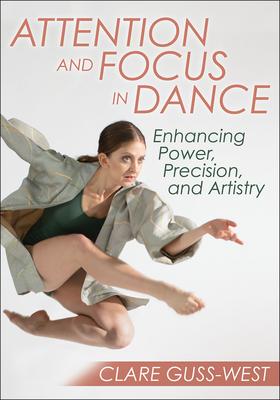Here is what Attention and Focus in Dance offers readers:
- A unique approach, connecting the foundations of Eastern movement with Western movement forms
- Research-based teaching practices in diverse contexts, including professional dance companies, private studios, and programmes for dancers with special needs or movement challenges
- Testimonies and tips from international professional dancers and dance educators who use the book's approach in their training and teaching
- A dance-centric focus that can be easily integrated into existing training and teaching practice, in rehearsal, or in rehabilitation contexts to provide immediate and long-term benefits
The text is organised into two parts. Part I guides dancers in looking at the attentional challenges and information overload that many professional dancers suffer from. It outlines the need for a systematic attention and focus strategy, and it explains how scientific research on attentional focus relates to dance practice. This part also examines the ways in which Eastern-movement principles intersect with and complement scientific findings, and it examines how the Eastern and scientific concepts can breathe new life into basic dance elements such as posture, turnout and port de bras. Attention and focus techniques are included for replenishing energy and protecting against energy depletion and exhaustion. Part II presents attention and focus strategies for teaching, self-coaching and cueing. It addresses attentional focus cues for beginners and for more advanced dancers and professionals, and it places attentional focus in the broader context of holistic teaching strategies. Maximising Dance Potential
"Whether cueing others or yourself, cueing for high performance is an art," Guss-West says. "Readers will discover how to format cues and feedback to facilitate effective neuromuscular response and enhance dancer recall of information and accessibility while dancing." Attention and Focus in Dance offers an abundance of research-backed concepts and inspirational ideas that can help dancers in their learning and performance. This book aids readers in filtering information and directing their focus for optimal physical effect. Ultimately, it guides dancers and teachers in being the best version of themselves and maximising their potential in dance.
